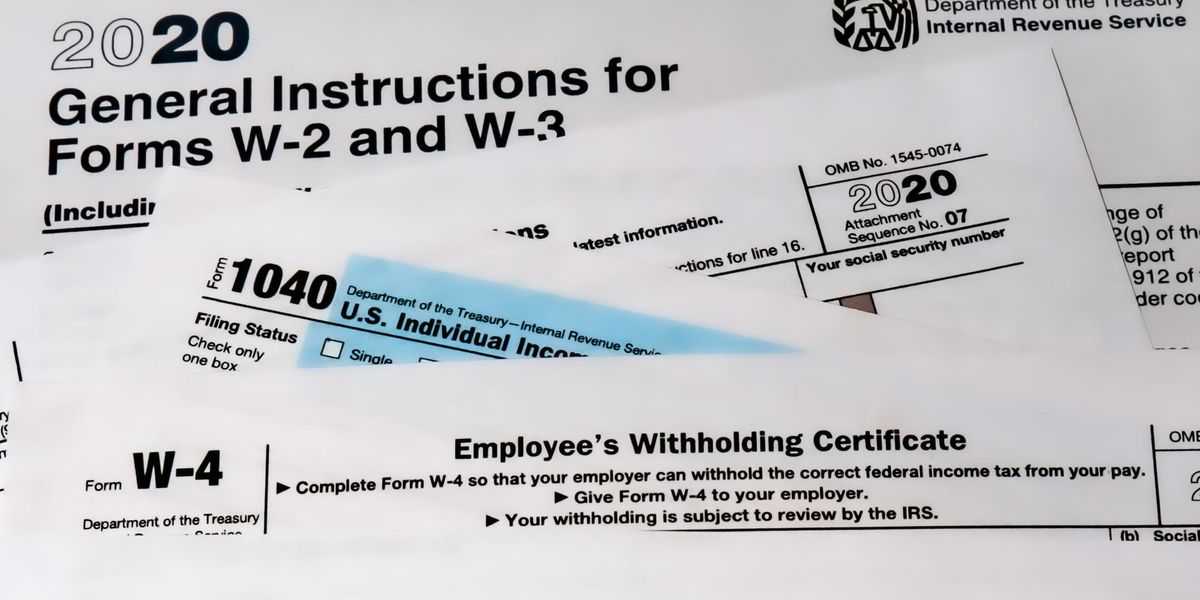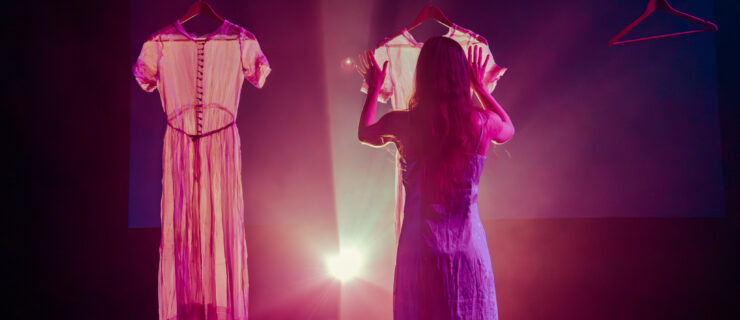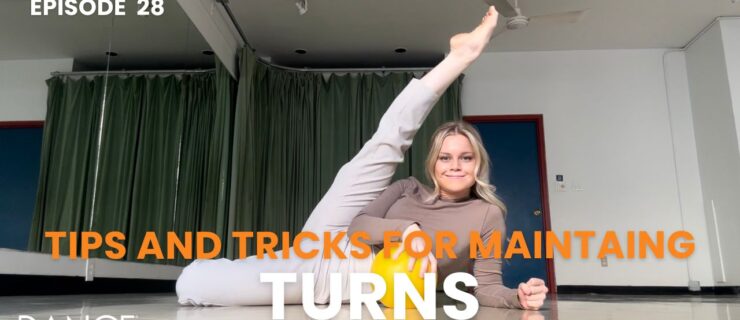Dance Data Project's Latest Report Includes Some Stunning Numbers
Since 2015, Dance Data Project® has become a reliable source for hard numbers backing up conversations on gender inequity in ballet. Today it came out with an Artistic and Executive Leadership Report detailing the gender distribution among directors at the largest 100 ballet companies, as well as the pay gap between male and female leaders.
The results are mostly unsurprising. For instance, only 30 percent of artistic directors at the largest 50 companies are women, and they make an average of 73 cents for every dollar earned by men in the same position.
However, in a note about the limitations of the research, DDP explains that Peter Martins throws a wrench in the findings, because his compensation remains much larger than any other artistic director’s—even after his retirement from New York City Ballet.
Martins officially resigned as ballet master in chief on January 1, 2018, following accusations of sexual harassment and physical and verbal abuse (although the allegations were not corroborated in an investigation).
DDP’s report shows that in the fiscal year ending June 2017—his last full one at NYCB—Martins was compensated $900,000 as an employee, plus $16,750 for choreographic royalties/fees. Additionally, the School of American Ballet (which, although it’s the feeder school to NYCB, is set up as its own entity) paid him $127,748 during its fiscal year ending August 2017. Taken all together, that’s $1,044,498, and DDP points out that “the next highest compensated artistic director that year made only 68 percent that much.”
In the fiscal year ending June 2018—which Martins left in the middle of—NYCB reported paying $986,000 to Peter Martins Productions Inc for “services performed as ballet master in chief” as well as $14,625 in choreographic royalties/fees. (The season featured both his Swan Lake and Romeo + Juliet.) SAB paid him an additional $128,386 in the fiscal year ending August 2018. In total, that’s $1,129,011, which is more than he made the previous year, despite having retired from his full-time positions at NYCB and SAB in January. DDP notes that his total compensation was “1.5 times larger than that of the next highest paid artistic director in that year.”
The following season, NYCB continued to perform Martins’ works—his Sleeping Beauty and his staging of La Sylphide, among other ballets—so it makes sense that he would again receive compensation for his choreography. Yet the number is larger than might be expected: In the 2019 fiscal year, NYCB paid Peter Martins Productions Inc. $975,273 total, and noted that $936,000 was for “services performed by Peter Martins as a choreographer, etc” and $5,250 was for choreographic royalties/fees. (Though details are unknown, this could be due to a severance package.) DDP notes that his fee was 1.3 times larger than the highest paid artistic director in that year.
Other Notable Findings:
- Overall, more women than men hold executive director positions today. At the largest 50 ballet companies, there are 27 female and 23 male executive directors. When you zero in on the largest 10 companies, 70 percent of executive directors are women—and the most recent available data shows they earned an average of $400,282, while male executive directors averaged $397,867.
- However, women typically earn less than their male counterparts. In 2019, at the largest 100 ballet companies, women were paid an average of 60 cents for every dollar men earned as artistic director.Among executive directors that same year, women at the largest 100 ballet companies earned 80 cents for every dollar men did.
- The most recent data available shows that female artistic directors earned an average of $104,656 while male artistic directors averaged $173,541 (in the largest 100 ballet companies). The only female artistic director working in the largest 10 companies made $517,955, while the averagecompensation for the nine male artistic directors at that level was $461,923.
- In 2019, NYCB reported that 176 employees were compensated more than $100,000 each, though DDP notes that it’s unclear whether that number also includes Koch Theateremployees.San Francisco Ballet had the second highest number, with 49 employees paid more than $100,000 each.Out of the largest 50 ballet companies, the average number of employees who made more than that amount was 9.





